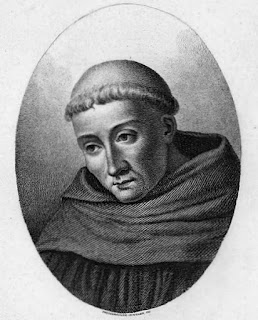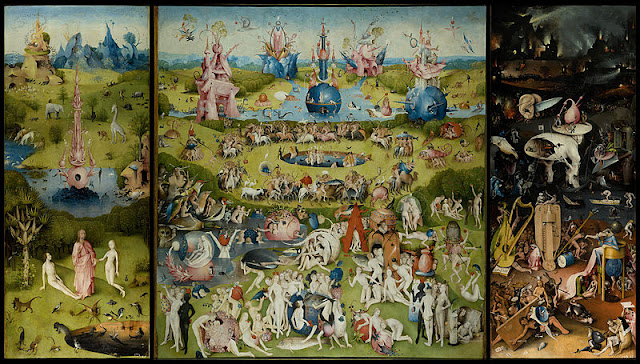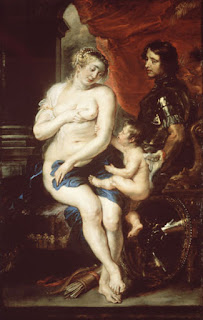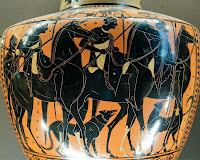After the fall of the Roman Empire there was a power vacuum throughout Europe, this resulted in a cultural blackout in Western Europe. The Medieval era started with the fall of Rome, at the hands of Barbarian tribes, and lasted until the cultural "rebirth" which is known as the Renaissance. The middle ages are often referred to the "dark ages" because of this decline both artistically and culturally throughout Europe.
 |
The French abbot Saint Bernard of
Clairvaux (1090 - 1152) was a principal
protagonist in Europe's artistic revival. |
However, it can be argued that during the 12th century, a period known as the Romanesque era, there was small Renaissance. A "mini-Renaissance" if you will. This cultural rebirth was focused within the monasteries throughout Western Europe, where the act of devotion and religious piety was shown through the monks' artistic discipline, most notably in the production of manuscripts. The two regions where this artistic light burnt brightest where in England and Ireland. As both the countries rather unusually developed an extensive network of monasteries, in contrast to mainland Europe which under papal authority built far more churches than monasteries.
At the heart of a monastery, besides a church, was the workshop. These workshops served as a focal point for life within the monastery, they provided vital revenues for the running of the monastery, they occupied the clergies' time, prevented them from sin and acts of temptation and allowed them to illustrate their devotion to God through their work. The tasks that they accomplished such as the production of manuscripts was both extensive and time-consuming. The key aim of the monks was to use these devotional aids and religious tools such as manuscripts, Gospel books, Bible production and Books of Hours in order to complete their mission of Christianising the barbarian tribes of Europe and from there spreading the word of God to the rest of the world.




















